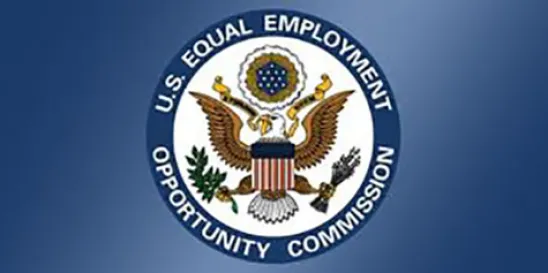The U.S. Equal Employment Opportunity Commission (EEOC) has published its long-awaited notice of proposed guidance on “Enforcement Guidance of Harassment in the Workplace.”
The proposed guidance, published in the Federal Register on October 2, 2023, provides much-needed clarity and updated examples reflecting a wide range of scenarios and notable changes in the law, including the U.S. Supreme Court’s decision in Bostock v. Clayton County, and other emerging issues including virtual or online harassment, harassment based upon perception, and workplace harassment based upon reproductive decisions. The proposed guidance is open for public comment until November 1, 2023. After reviewing public input, the EEOC will consider revisions before finalizing the guidance, which would supersede the guidance last released by EEOC in the 1980s and 1990s.
Covered Bases Clarified
The guidance reflects the U.S. Supreme Court’s 2020 Bostock decision, which held that the meaning of “sex” in Title VII of the Civil Rights Act of 1964 extends to sexual orientation and gender identity; the EEOC said the decision also “logically extends to claims of harassment” in its proposed guidance. Examples of harassment based on sexual orientation or gender identity may include “misgendering,” or the “intentional and repeated use of a name or pronoun” that doesn’t align with an individual’s identity.
The guidance also explains that “sex-based” discrimination includes harassment based on pregnancy, childbirth, and other related medical conditions such as a worker’s “reproductive decisions,” “contraception or abortion.”
Under the proposed guidance, the EEOC would also recognize claims for harassment based on the perception that an individual has a particular protected characteristic, even if that perception turns out to be incorrect. In addition, the EEOC would recognize claims under federal EEO law for “association harassment” where a complainant associates with someone in a different protected class or suffers harassment because the complainant associates with someone in the same protected class.
“Virtual Harassment”
The guidance addresses how social media and electronic content or communication may create a “hostile work environment” and makes clear that harassment isn’t limited to a physical work environment, and may include, for example, sexist comments made during a video meeting or racist jokes sent via email. Communications conveyed using work-related systems, accounts or platforms – including an employer’s email system, electronic bulletin board, instant message system, videoconferencing technology, intranet, public website, or official social media accounts – are considered to be conducted within a “virtual work environment,” which can contribute to a hostile work environment. Additionally, the EEOC emphasizes that virtual conduct occurring over private telephones, commuters, and social media may constitute harassment if it impacts the workplace. Notably, the guidance also states that judgment of whether conduct is objectively hostile “should be made from the perspective of a reasonable person of the complainant’s protected class.”
Liability Standards
The proposed guidance explains that the extent of an employer’s liability will depend on the role of the harasser:
- If the harasser is found to be a proxy or alter ego of the employer, the actions of the harasser may be considered the actions of the employer.
- If the harasser is found to be a supervisor and the hostile work environment includes a tangible employment action against the victim, the employer may be vicariously liable.
- If the harasser is found to be a supervisor (but not a proxy or alter ego) and the hostile work environment does not include a tangible employment action, the employer may be vicariously liable. However, the employer may limit its liability or damages where (1) they exercised reasonable care to prevent and promptly correct any harassment; and (2) the employee unreasonably failed to take advantage of any preventive or corrective opportunities provided by the employer or to take other steps to avoid harm from the harassment.
- If the harasser is any other person than those listed above, the employer may be held liable for negligence in failing to reasonably act to prevent the harassment or failing to take reasonably corrective action when they were aware or should have been aware of the harassment.
The EEOC also describes affirmative actions for employers to reduce the likelihood of unlawful harassment. Such actions usually consist of promulgating a policy against harassment, providing training to ensure employees understand their rights and responsibilities, establishing a process for addressing harassment complaints, and monitoring the workplace to ensure adherence to the employer’s policy.
Because employees may not feel comfortable reporting harassment, the EEOC advises employers to conduct climate surveys of employees to determine whether employees believe that harassment exists in the workplace and is tolerated, and by repeating the surveys to ensure that changes to address potential harassment have been implemented, as employees may be reluctant to report instances of harassment.
Key Takeaways
While the guidance is not yet legally binding, it provides significant insight as to how the EEOC will interpret civil rights laws. Now is the time for employers to review and update anti-harassment efforts by maintaining clear and robust anti-harassment policies, providing training, thoroughly investigating complaints of harassment, and taking appropriate corrective action when an investigation indicates inappropriate conduct.






 />i
/>i
